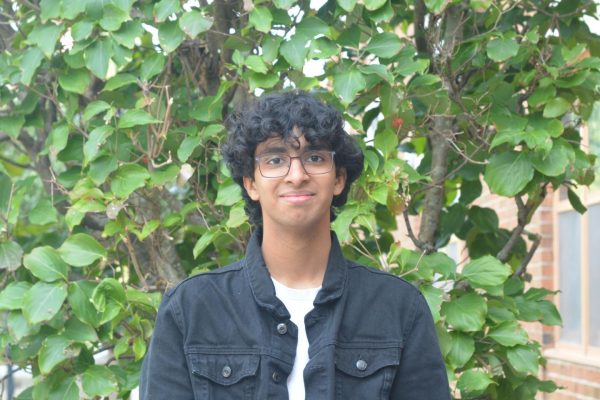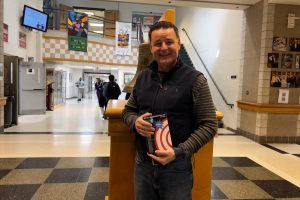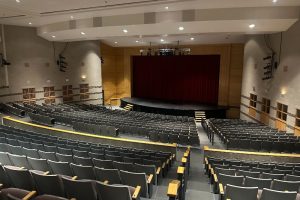New STEM coordinator Erin Bengiovanni excited to work with teachers
Erin Bengiovanni looks forward to working with the STEM teachers of WA.
September 13, 2021
In past years, there has been a push for STEM subjects to become more accessible for students, and now, with a new position dedicated to managing STEM as a whole, WA has found someone just right for the job. After last year’s introduction of the STEM curriculum coordinator position for WPS, Erin Bengiovanni has been appointed as the first STEM coordinator.
Bengiovanni is in charge of administrative jobs such as signing up for online textbooks. However, she is most responsible for working with math and science teachers on class curriculums, teaching and instruction, and assessments. Bengiovanni will also complete teacher evaluations and work to keep STEM classes engaging.
“I have 68 teachers that I’m working with, and [right now] I’m just learning about them,” Bengiovanni said.
Bengiovanni believes that the most important thing for a teacher to do is to connect with students and encourage student participation.
“[For me,] everything goes back to the students and what can we do for them,” Bengiovanni said. “I challenged a lot of the teachers to not go over course expectations the first couple of days, to put that off and just do things to get to know [students].”
Bengiovanni was inspired to go into biology (and eventually get the STEM coordinator position) because of a required class she took during her first year of college. She liked it much better than Russian and international relationships, which was what she was studying at the time. Bengiovanni went on to get a master’s degree in Molecular & Cellular Biology at UMass Amherst.
“I just liked the scientific process: problem-solving, working out different problems,” Bengiovanni said. “I felt like it was a discipline that could impact the world.”
Over her twenty years of teaching biology at three different schools, Bengiovanni has found a lot of teaching techniques to be helpful and engaging for students. An example of one of the techniques she likes and uses is the flipped classroom where a teacher assigns students a self-created video to watch for homework, and then assigns a related activity the next day in class.
Bengiovanni also enjoys hands-on activities, which lend themselves very well to science-related classes such as chemistry and biology, because they are classes where labs are crucial to understanding content. However, math classes are less hands-on, which is something that is important to focus on for Bengiovanni.
“[New teaching methods help us] move away from the lecture type of environment where the teacher is standing up in front of the room and everybody’s taking notes, and it switches it to a lot more teacher interaction with students and student-driven work, […] which can be really powerful,” Bengiovanni said.
For her, student comprehension of content is more important than how students perform on assessments and tests.
“If you could explain to me how to solve a problem, that’s [more] powerful than just doing it on a piece of paper. […] That tells me that you really understand it,” Bengiovanni said.
While she is excited to help teachers implement new methods to teach, Bengiovanni is also nervous because she will have to do teacher evaluation for the first time. While she is new to it, she’s still excited. As the year goes on, Bengiovanni will visit classrooms during class to interact with students and teachers in a class setting.
“I think the most important thing that we can do as educators is build relationships, and really get to know the students in front of us,” Bengiovanni said. “If you can gain student trust, then you can help them in any way that you can.”








